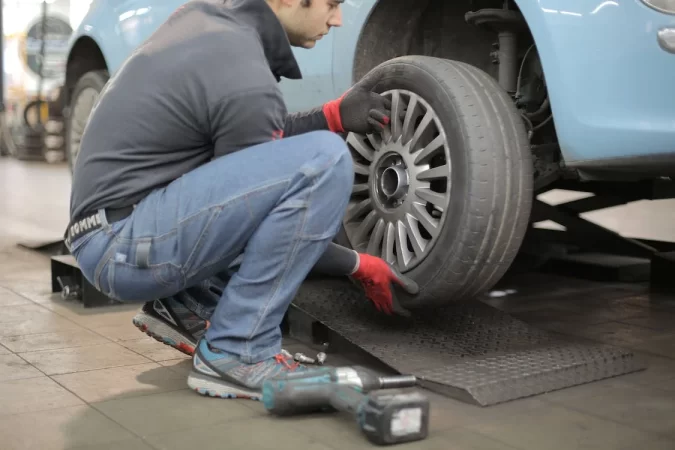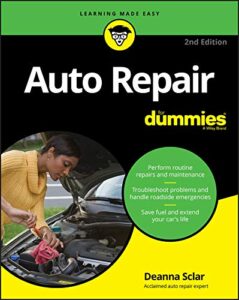A lot of people think that when you get a new set of tires, you just drive until someone tells you that they should be changed. Well, that might be the case but if you properly check on your tires periodically, you will save a lot of money in the long run.
Checking Tire Tread Depth:
Checking tire tread depth is about the easiest way of checking your tires and seeing when they will require replacement. As far as what to measure with, the easiest and cheapest tool to use is a tire tread depth gauge. Here are a few good ones on amazon to choose from:
As far as measurements go, tires are generally measured in 32nds. For example, new car tires will usually be 10/32 or 11/32. For the most part, your front tires are going to wear faster than rear tires especially if you have a front wheel drive vehicle. Using a tire tread depth gauge is super simple. All of them work in the same way even though they look different. When you use a gauge make sure you check the inner groves of the tires (inner grooves are the spaces in between the tires). The gauge will stop at the top of the tires to measure the top of the tire to the bottom of the groove and will show you what measurement the tread is. Also, always make sure your gauges are calibrated.
When should you get a tire rotation?
Some dealerships and shops will rotate your tires if you ask them to, despite the measurements of the tire. I don’t agree with that and at my dealership I only rotate tires when it is necessary. First thing to do is take measurements of all 4 tires and write it down. If you have a front wheel drive vehicle, you want to put the tires with more tread (more 32nd’s) in the front and the weaker tires in the back. So, even if you have 7/32 on the back tires and 6/32 on the front, you are going to want to switch those so that you can preserve the tread left. Of course, if you have a rear wheel drive vehicle, you’ll want to put the good ones in the back. For all wheel drive vehicles you generally want them on the front. Tires on the front handle most of the braking and steering so they take more of a beating.
Checking for Alignment issues:
When checking the tread depths on your tires, it is always good practice to make sure the tread is evenly spread on the tire. What I mean is that if you notice the tire balding on the inside and good tread on the outside, you definitely have a problem and it’s most likely going to be off alignment. Also, any time you hit something really hard, you may want to have your alignment checked. You should also check the air in your tires frequently because low tire air pressure can prematurely wear the tread on the outside edges. If your tires are overinflated, it can prematurely wear the tread in the middle. So, keeping the correct amount of air in your tires is very important. Don’t rely on your tire light to come on before you check tire air pressure. Newer vehicles will actually show the psi of all tires so it is good to at least check that weekly and make sure they are still inflated. If you see anything on the tire that may make you think it is wearing uneven, it may be best to have the alignment checked. Also, never drive on a flat tire too long because it can eat up the sidewall and will no longer be able to be patched.
Thank you for reading and if you have any questions please use the contact me page and email me!



